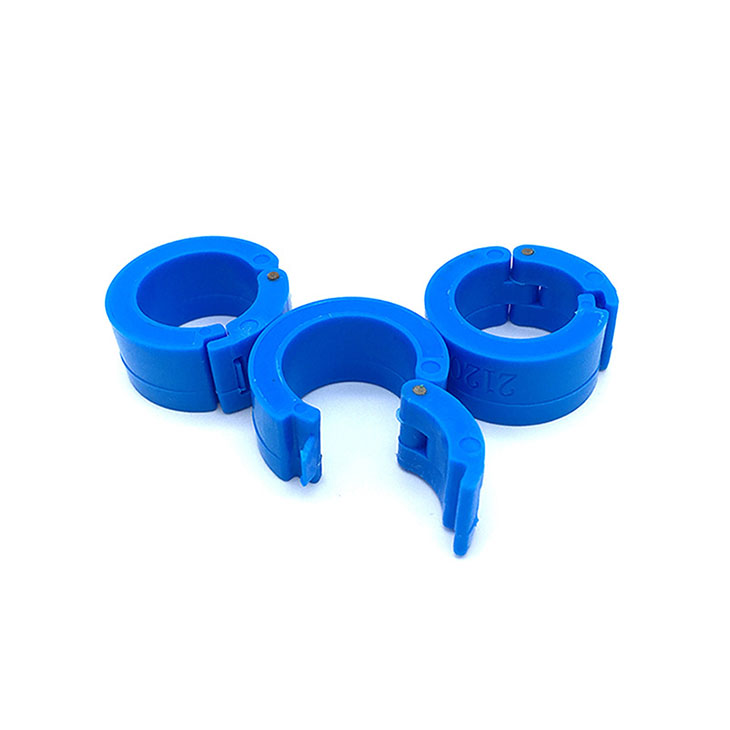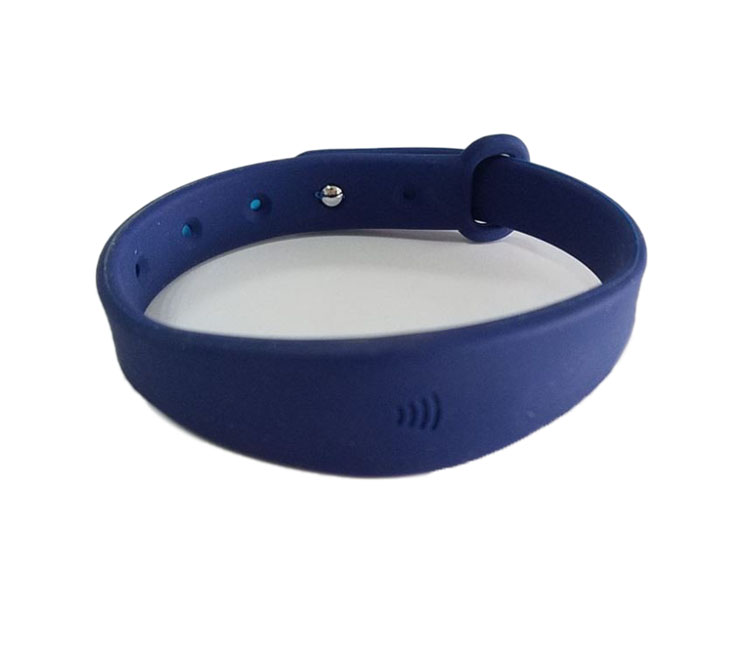Why do companies choose RFID for asset tracking?
First, let’s see what is the difference between using rfid and barcode to tracking assets?
Identification Method:
There are many frequency bands that can recognise multiple tags at once from a pretty long distance.
Barcodes must be inside the scanning device’s field of view to be read, and often only one barcode may be scanned at a time. When the barcode or serial number gets covered in mud, oil, water, or other debris, wear and tear, or poor printing quality, it may become unreadable. At this moment, you can just enter the serial number.
Security:
RFID tags are not easily copied; The barcode itself does not contain encrypted information and is easily copied or forged
Capacity difference:
RFID has a relatively large storage capacity, which can store more product information.
Barcode: Limited storage capacity, usually only able to store some basic product information.
Performance advantages
RFID technology has many benefits, including resistance to high temperatures, anti-magnetism, waterproofing, and a long service life. It can also adapt to a variety of challenging settings.
What is rfid tracking system and how does an rfid system work?
The RFID system mainly consists of three parts: tags, readers, and antennas.
Electronic tag: The RFID system’s data carrier is the electronic tag. An electronic tag receives an RF signal from the reader when it comes into range, and it uses its integrated antenna to transmit the data inside the tag back to the reader.
Reader: The reader is in charge of reading or writing data contained in electronic tags and interacting with them. Move the data that has been read to the computer platform.
RFID Antenna: An antenna changes electromagnetic waves into current and again changes current into electromagnetic waves. In the RFID system, when the antenna receives the RF signal given by the reader, it will convert it into current to supply the electronic tag, allowing it to receive energy and be activated.
What is the purpose of asset management?
Inventory counting: RFID technology enables real-time inventory by reading many labels at once. For instance, in the retail industry, companies.
Anti-theft: It can stop items from being stolen. An alert will sound on the door’s RFID reader if someone leaves the store with goods without payment, Such as jewelry stores and supermarkets.
Real-time tracking: You can cut down on lost goods by attaching RFID tags to products, logistics centres, and vehicles.Such as using cable tie tags for logistics.
Traceability: RFID tags can be used to track the growth and movement of animals or the production process of products.Like animal and plant item management.
Location and maintenance: utilized to track the location and use of medical devices, record usage, maintenance, and calibration records, and lower failure rates. Such as tracking manhole covers. Water and electricity meters, etc.




